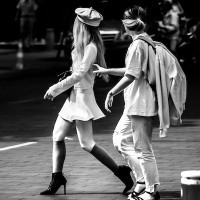Nikon film digitising adapter - use on M240 or SL
-
Recently Browsing 0 members
- No registered users viewing this page.
-
Similar Content
-
- 44 replies
- 3,387 views
-
- 36 replies
- 1,755 views
-
- 14 replies
- 368 views
-
- 9 replies
- 173 views
-
- 2 replies
- 487 views
-




Recommended Posts
Join the conversation
You can post now and register later. If you have an account, sign in now to post with your account.
Note: Your post will require moderator approval before it will be visible.